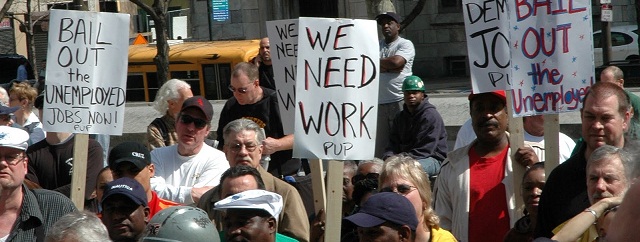The world’s leading economy ended 2012 with a slightly better tone than expected two months ago, thanks mainly to the ultimate resistance of private consumption and a strong recovery in construction. Gross domestic product (GDP) grew by 2.2% for 2012 as a whole. However, 2013 has arrived affected by two uncertainties. First, there is the delayed agreement between Democrats and Republicans to soften public spending cuts. This uncertainty will continue to harm investment and consumer confidence in the first half of the year and will prevent the advance for the whole of 2013 going beyond 2.0%. Nevertheless, the US economy should continue to grow throughout the year, helped by an improved tone in production investment in the second half of 2013. The recovery in housing and continuation of the Fed’s quantitative easing, backed by moderation in prices, will be positive factors. The second uncertainty lies in the consequences of the slow recovery in the labour market, with an unemployment rate that will continue to improve at a snail’s pace.
The labour market is one of the great uncertainties of 2013 in the US. The slowness in its recovery, in comparison with previous cycles, increases the risk of making permanent the low proportion of employees compared with the population aged 16 or over, with the consequent negative effects on medium-term growth. December’s figures were better than expected with 161,000 net jobs created and an unemployment rate that remained at 7.8%. But the fall in the unemployment rate continued to be based on under par growth in the labour force, the population that is working or looking for work, with the participation rate falling by 0.1 percentage points to 63.6%. Should the trend of the last three months continue, we will have to wait until the end of 2015 to see a full recovery in employment.
The low utilization of production capacity guarantees the absence of inflationary pressures in 2013 and offsets possible upswings in commodity prices. Similarly, extracting oil by fracking should help to ease such upswings. All this gives the Fed room to maintain its expansionary policies until 2015, with a consumer price index (CPI) that grew by 1.7% year-on-year in December (1.8% in November) and a core CPI, the general index without energy or foods, that rose by 1.9%, 1.7% without owners’ equivalent rent.
With regard to the foreign sector, November’s deficit in the balance of goods and services increased unexpectedly to 48.7 billion dollars due to an appetite for imports. Its bilateral deficit with China continued to rise, reaching almost 29 billion dollars, higher than the total deficit excluding oil and its derivatives. With a view to the fourth quarter, nevertheless, a possible negative contribution by the foreign sector should be offset by strong domestic demand.






Be the first to comment on "The problem with US employment rate"